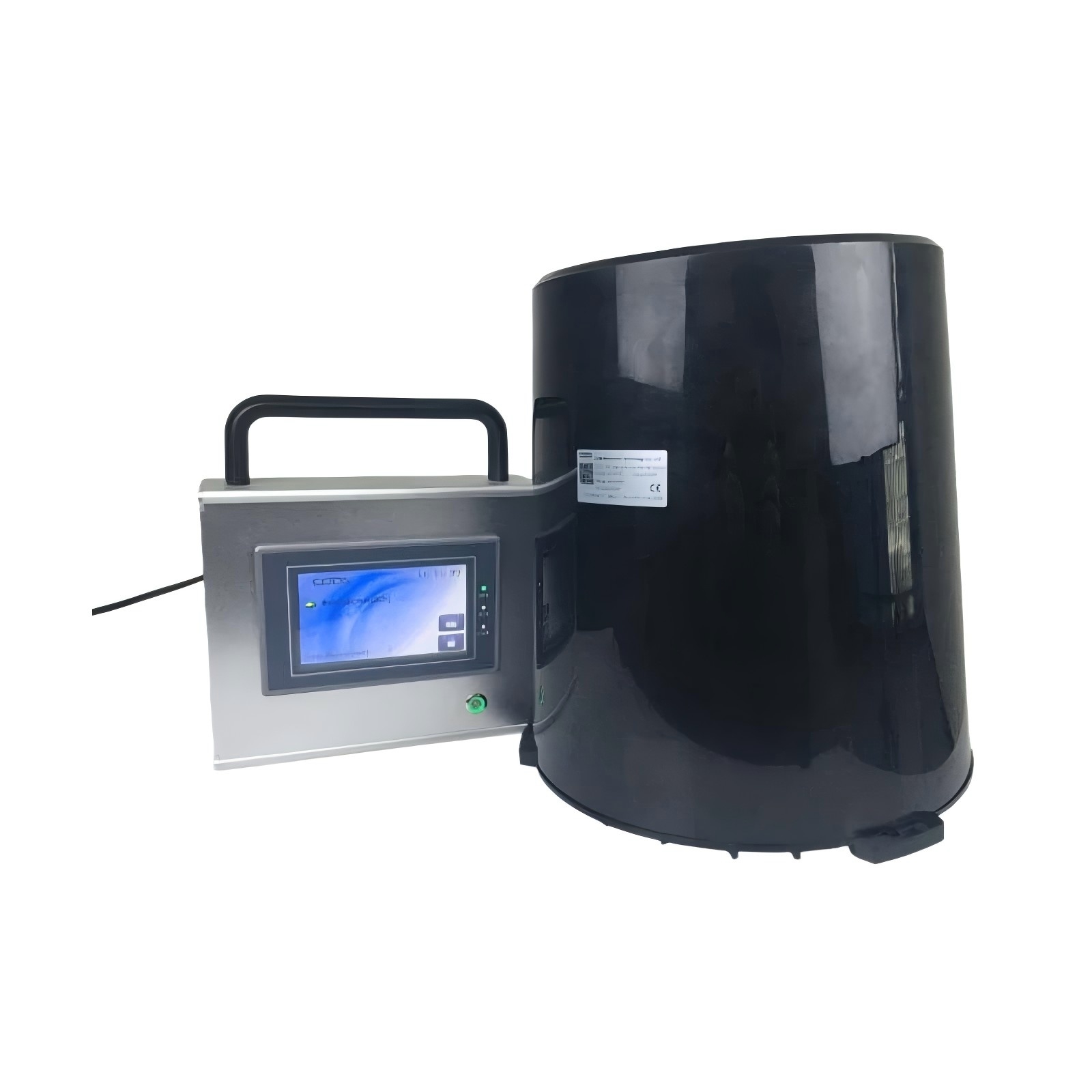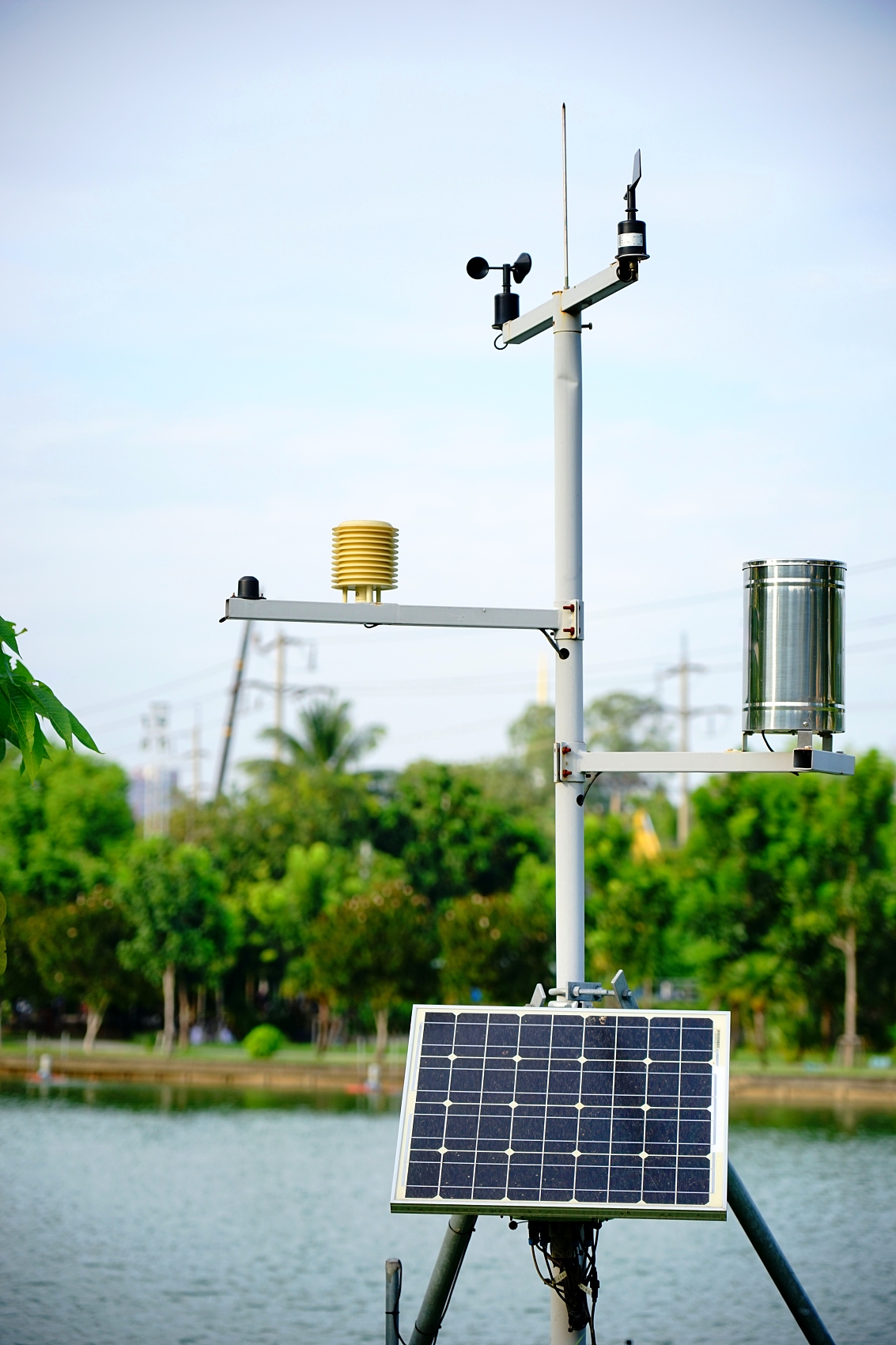Rainfall monitoring is a key component in managing water resources, mitigating the impacts of climate change, and supporting sustainable agricultural practices. A good rainfall monitoring system can give real-time, accurate data on rain. Many different areas can use this data.
This article will look closely at the key parts of a rainfall monitoring system. The exploration will also cover how different industries use this system.

A rainfall monitoring system typically integrates multiple components that work together to collect, process, and transmit accurate data. Each component serves a specific function to ensure comprehensive and reliable data capture, enabling informed decision-making.
Rain Gauges
Tipping Bucket Rain Gauge (TBRG): This is the most common and widely used type of rain gauge. It has a small bucket that tips over when it collects enough rain. People usually measure this in millimeters. Each tip represents a fixed amount of rainfall that an electronic system counts.
Weighing Rain Gauge: This type measures how much rainwater it collects. It gives more accurate measurements, especially for hydrological studies. Especially helpful in places with heavy rainfall. It can capture more intense rain events.
Optical Rain Gauges (Laser or Infrared) are non-contact sensors. They perform well in areas where regular rain gauges can clog or sustain damage, like in cities.
Acoustic Rain Gauge: Some systems use sound waves to measure how hard it is raining. This method works well when visual or weight-based measurements are not practical.
Rain gauges are the primary instruments for measuring rainfall. They come in various types, each suited to different environmental conditions and measurement needs:
Data Logger and Sensors
The data logger serves as the brain of the system, recording and storing rainfall data over time. It connects to the rain gauge and other sensors. These sensors measure temperature, humidity, and wind speed.
The data logger can also send information in real-time. It sends the recorded data to cloud platforms or central servers for analyzing.
Additional Environmental Sensors: Many modern rainfall monitoring systems integrate additional sensors to enhance data collection. These sensors can measure things like soil moisture, air pressure, wind speed, and sunlight. This information helps us understand how rainfall affects local conditions and ecosystems.
Communication Module
GSM or Cellular Communication: Often used for transmitting data over long distances when a mobile network is available.
LoRaWAN is an acronym for Long Range Wide Area Network. This low-power network is great for rural or remote areas. It works well where power and network infrastructure may be limited.
Wi-Fi or Ethernet: Common in urban areas or locations with stable internet connectivity.
Satellite Communication: Used in the most remote locations where other forms of communication are not available.
The communication module enables the system to transmit data to remote locations for analyzing and decision-making. Depending on the system’s deployment area, various communication methods can be used, including:
Power Supply
Powering the system is crucial, particularly in off-grid locations. Solar panels are commonly used to provide sustainable energy to the system. In places where sunlight is not steady, battery storage can work with solar panels. This keeps things running smoothly, especially in areas that often face bad weather or power outages.
Data Processing and Software Platform
Real-Time Dashboards: Display current rainfall conditions, historical data, and trends.
Alerts and Notifications: Automated systems can send alerts for heavy rain, possible flooding, or unusual weather patterns.
Predictive Analytics: Some advanced systems use machine learning or statistical models. They predict rainfall patterns and future events using historical data.
Integration with Other Systems: Rainfall monitoring systems can work with other systems. These include weather stations, flood sensors, and water quality monitors. This helps provide a better view of environmental conditions.
The data processing software is an integral component of any rainfall monitoring system. It collects the transmitted data, analyzes it, and provides actionable insights. The software typically features:

Rainfall monitoring systems are essential tools in many areas. They provide important data for making decisions, managing risks, and planning. Let’s explore some of the diverse applications of these systems in greater detail.
Agriculture
Irrigation Management: In agriculture, managing water resources efficiently is vital for crop health and yield. A rainfall monitoring system helps farmers know when to add irrigation. It also tells them when they can depend on rain. This not only conserves water but also optimizes irrigation schedules, reducing costs and improving crop productivity.
Drought Management: In areas that often face drought, these systems give early warnings of low rainfall. This helps farmers adjust their planting schedules or adopt water-saving methods before they harm their crops.
Precision Farming: Integrating rainfall data with other environmental sensors (e.g., soil moisture or temperature) allows for precision farming. Farmers can use this data to adjust their farming practices. This helps them achieve better yields and use resources more efficiently.
Flood Monitoring and Early Warning Systems
One of the most critical applications of rainfall monitoring is in flood management. Heavy rainfall can quickly lead to dangerous floods, especially in urban areas or regions with poor drainage systems. By tracking rainfall in real-time, authorities can evaluate the risk of flash floods or river overflow. They can then give early warnings to communities that are at risk.
Flood Forecasting Models: Rainfall data from monitoring systems helps predict floods. We use hydrological and meteorological models for this. These models show when floods might happen and how severe they will be. This information allows emergency services to plan evacuations and use resources effectively.
Water Resource Management
Managing the availability and distribution of water is essential in both urban and rural settings. Rainfall monitoring systems provide data that helps water utilities monitor reservoir levels, plan for water conservation, and ensure efficient distribution across regions. By understanding rainfall patterns, authorities can better allocate water resources for drinking, agriculture, and industry.
Sustainable Water Practices: Long-term rainfall data helps us understand local water cycles. This information can help communities use water more sustainably, especially in places with water shortages.
Environmental Protection and Conservation
Monitoring rainfall is important for protecting the environment. Too much rain can cause soil erosion, landslides, and damage to habitats. By monitoring precipitation levels, conservationists can assess the impact of rainfall on ecosystems, particularly in sensitive areas such as wetlands, coastal regions, and forests.
Ecosystem Health Monitoring: Rainfall data, along with other environmental information like soil moisture and temperature, helps assess ecosystem health. This data supports conservation strategies.
Climate Research and Studies
Rainfall data collected over extended periods is invaluable for climate research. Understanding long-term trends in rainfall patterns is important. This includes changes in when and how much it rains each season. These trends help us study climate change and its effects on nature and people.
Predicting Climate Events: Rainfall monitoring systems, along with other climate models, help scientists forecast future weather. This includes predicting extreme events like droughts, floods, and hurricanes.
Urban Planning and Infrastructure Design
Accurate rainfall data is essential for designing stormwater drainage systems that prevent urban flooding. Cities with many people must prepare for heavy rainfall. They need drainage systems that can manage sudden downpours.
Building Codes and Infrastructure Resilience: Monitoring rainfall helps create strong infrastructure in areas prone to flooding. This ensures that buildings, roads, and bridges can handle extreme weather.
Rainfall monitoring systems are indispensable tools for managing a wide range of environmental, agricultural, and urban challenges. By measuring and analyzing rainfall data, these systems give important insights into weather patterns. This helps with decision-making in areas like farming, flood management, water resource management, and climate research.
As technology improves, combining rainfall data with other environmental systems will enhance our ability to predict weather. This will help societies deal with the challenges of climate change and extreme weather events.
Learn how CODA Sensor solar radiation and PAR se
Discover how real-time weather station data impr
Discover how Automatic Weather Stations (AWS) ar
Contact: Molly
Phone: +86-17775769236
Tel: 86-0731-85117089
Email: molly@codasensor.com
Add: Building S5, Aux Square, Yuelu District, Changsha City, Hunan Province, China
We chat